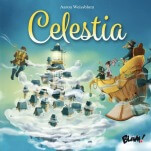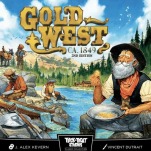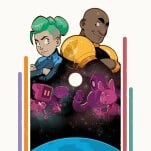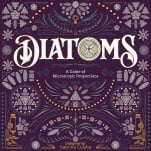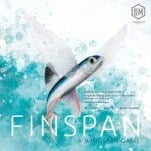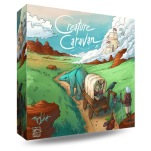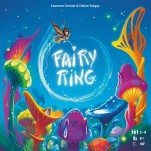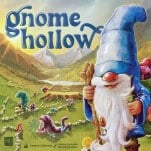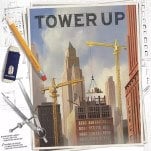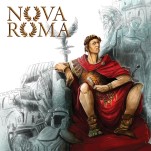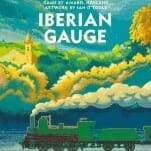The Board Game Celestia‘s Latest Edition Doesn’t Quite Soar
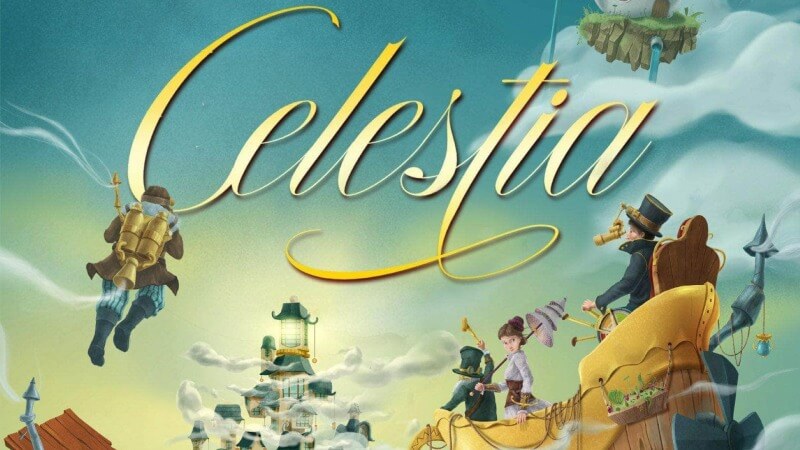
Celestia first appeared in 2015 as a retheme of the game Cloud 9, a light push-your-luck game that gained some complexity through a number of small expansions and promo cards. It’s back now with a brand new base edition after going in and out of print over the last 10 years, with rumors of a big-box version that would likely include some of all of those expansions to follow shortly. The base game itself is really simple, more like an introduction to push-your-luck for younger or new players, without enough challenge or variability to get back to the table without some of those extra cards.
Players in Celestia are all treasure hunters aboard an airship that moves from cloud to cloud while whichever player is the captain tries to navigate various hazards determined by the roll of multiple dice. If the captain has the cards in hand to pass those hazards, the entire ship moves to the next cloud, with all passengers still aboard. If not, the ship crashes, taking all other players still on the ship with it—but there’s a catch, as players can choose to get off the ship and take a treasure card before the captain reveals if they have the cards to keep going.
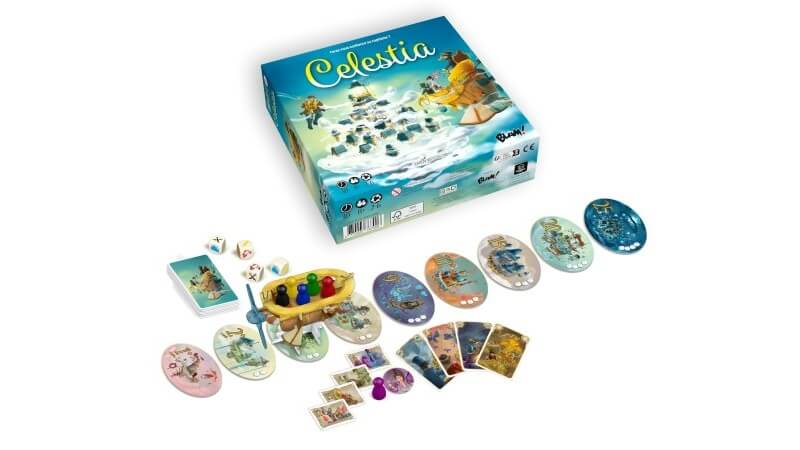
-

-

-

-

-

-

-

-

-

-

-

-

-

-

-

-

-

-




